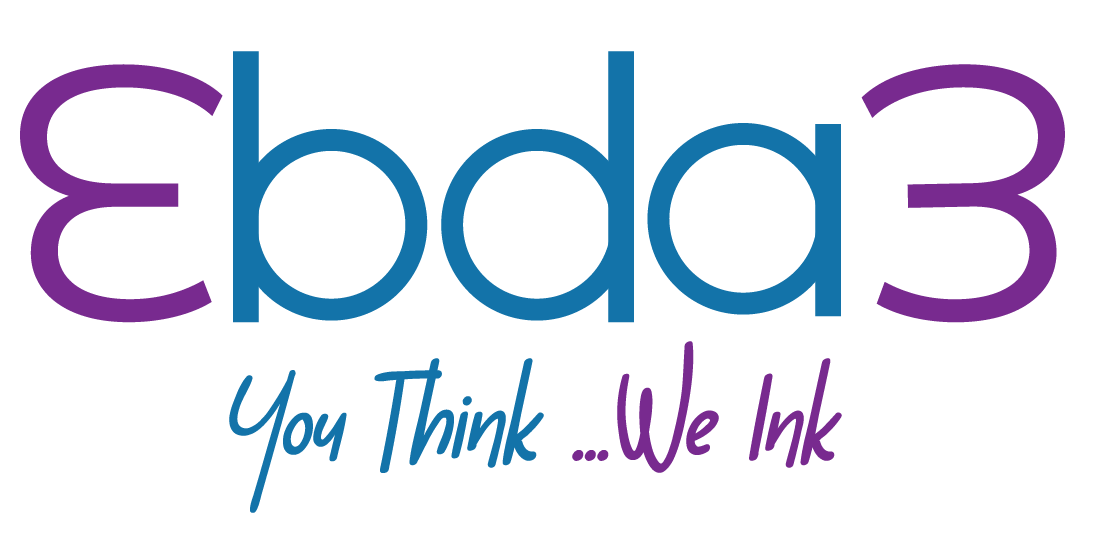Creativity as the Compass for the Digital Age

The digital age is often defined by complexity, speed, and a flood of information that challenges even the most seasoned professionals. Amid this environment, creativity has emerged as the compass that guides organizations through uncertainty and helps them chart paths toward sustainable growth. Unlike rigid strategies that may crumble under unexpected disruption, creativity adapts, flows, and reimagines possibilities in ways that rigid systems cannot. It becomes the anchor that keeps businesses innovative while simultaneously being the spark that propels them forward.
What makes creativity particularly powerful in the digital era is its ability to humanize technology. Algorithms may predict behaviors, and automation may increase efficiency, but without creativity, these tools lack resonance. A well-designed app is more than lines of code; it is an experience shaped by empathy, storytelling, and imagination. Companies that excel in blending creativity with digital transformation build not only functional solutions but also emotional connections with their users. This marriage of art and technology defines the leaders of the new economy, proving that data alone is never enough without the human touch.
Creativity also fuels adaptability, an essential trait in industries where change is the only constant. Businesses that cultivate creative mindsets are better prepared to pivot when trends shift or when new technologies emerge. They encourage employees to experiment without fear of failure, knowing that every attempt provides valuable learning. This willingness to explore becomes a competitive advantage, ensuring that the organization remains agile and relevant no matter how turbulent the market becomes. Creative cultures celebrate curiosity, and in doing so, they unlock potential that would otherwise remain hidden.
The role of creativity in shaping brand identity cannot be overstated. In crowded digital spaces, it is creativity that helps organizations stand out, not only through visuals or campaigns but also through the distinct voice and vision they project. A brand that speaks with originality and consistency creates trust, while also inspiring loyalty among audiences who resonate with its story. This is why companies invest in design, messaging, and cultural presence, recognizing that these elements are not decorative but strategic. Creativity builds the intangible value that no competitor can easily replicate.
Beyond branding and adaptation, creativity also acts as a bridge between disciplines. In a world where industries are increasingly interconnected, creative thinking enables professionals to draw insights from one field and apply them innovatively to another. A lesson from design may influence strategy, or an insight from psychology may reshape user experience. This cross-pollination of ideas sparks breakthroughs that redefine industries and set new benchmarks for excellence. Creative organizations deliberately foster these intersections, knowing that the future is built not in silos but in networks of shared knowledge.
On a more individual level, creativity nurtures purpose. Professionals who are encouraged to think creatively often report higher engagement, stronger motivation, and greater fulfillment in their work. They feel part of something dynamic, where their ideas matter and their contributions shape outcomes. This sense of purpose translates into stronger organizational performance, as motivated teams naturally generate higher-quality results. Creativity, therefore, is not just an abstract value but a practical driver of productivity and growth.
In the end, creativity in the digital age is less about novelty and more about perspective. It is the capacity to look at the familiar in unfamiliar ways, to see beyond what is obvious, and to uncover meaning where others see only complexity. As organizations continue to navigate the uncertainties of an evolving world, creativity remains their most reliable compass, ensuring that even amid rapid change, they move forward with clarity, resilience, and vision. It is this creative compass that not only helps businesses survive but allows them to lead, inspire, and shape the future.





